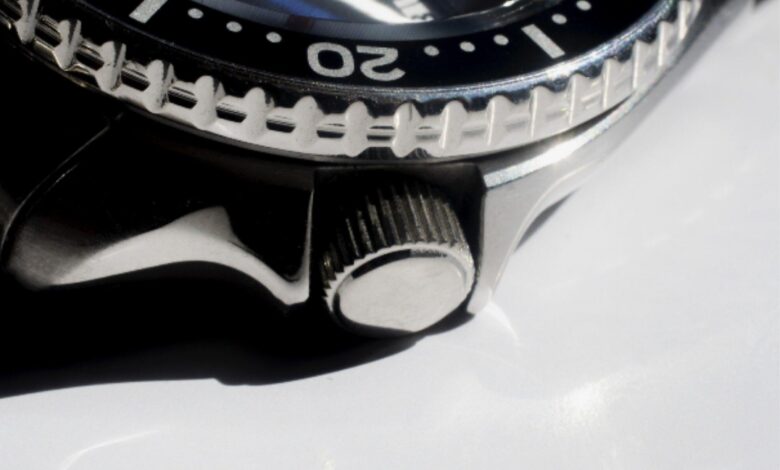Demystifying Watch Tool Movement: A Beginner’s Guide

Watches are more than just time-telling devices; they are intricate pieces of art and engineering. Beginners are stepping into the fascinating world of timekeeping. Understanding the movement tools can seem daunting.
This blog post aims to demystify watch movement tools. It will make it easier for you to appreciate the craft and tech behind your favorite timepieces.
This guide is for aspiring watchmakers and watch fans. It will give you tips and insights to get you started. Read on to learn more about watch tool.
What Are Watch Movements?
A watch movement is akin to the heart of a watch. It powers the hands and other functions such as the date, chronograph, and moon phase. To ensure accurate timekeeping, browse watch movements.
There are three main types of watch movements, mechanical, automatic, and quartz.
Mechanical Movements
Mechanical movements are powered by a mainspring. This coiled wire is wound manually and slowly unwinds to release energy. The intricate gears and springs work together to keep time accurate.
Automatic Movements
Automatic movements are a type of mechanical movement that winds itself using the motion of the wearer’s wrist. They are great for daily wearers. Automatic watches have the precision of mechanical movements. But, they don’t need manual winding.
Essential Tools for Watch Movement Maintenance
Now that we have an understanding of the different types of watch movements, let’s delve into the essential tools needed for maintenance and repair.
Screwdrivers
High-quality screwdrivers are essential for any watchmaker. They come in various sizes to fit different screws found within the watch.
Loupe
A loupe magnifies small components, allowing you to see the intricate details of the watch movement. It’s an indispensable tool for identifying issues and making precise adjustments.
Tweezers
Tweezers are used to handle tiny parts without damaging them. They come in different shapes and materials, each suited for specific tasks.
The Balance Wheel and Hairspring
The balance wheel is responsible for regulating the timekeeping of the watch. It oscillates back and forth, driven by the mainspring, to maintain accurate time.
Hairspring Importance
The hairspring is a delicate spring attached to the balance wheel. It controls the wheel’s oscillations, ensuring consistent timekeeping.
Common Issues and Solutions
Over time, the balance wheel and hairspring may require adjustments or replacements to maintain accuracy. Common issues include magnetization and wear.
Escapement Mechanism
The escapement transfers energy from the mainspring to the balance wheel in regulated bursts. It ensures that the gears move at a consistent rate.
Types of Escapements
Common types include lever escapements, detent escapements, and duplex escapements. Each type has its advantages and complexities.
Maintenance Tips
Regular cleaning and lubrication are essential to keep the escapement functioning smoothly. Avoid exposing the watch to extreme temperatures and magnetic fields.
Timing and Regulation Tools
Timing and regulation tools are used to measure the accuracy of a watch and make necessary adjustments. These include timing machines, gauges, and regulators.
Regulating Timekeeping
Regulating the timekeeping involves adjusting the balance wheel and hairspring. Precision is key to keep time accurately.
Tools for Regulation
Timing machines and regulation tools are used to measure and adjust the watch’s accuracy. They provide real-time data on the watch’s performance.
Understanding the Basics of Watch Tool Movement
Understanding a watch tool is essential for anyone interested in horology. From the basic components to the intricate watch mechanisms, each part plays a crucial role in the smooth functioning of a watch. By familiarizing yourself with these tools and their uses, you can appreciate the craftsmanship and precision that goes into every timepiece.
For more helpful tips, check out the rest of our site today.



